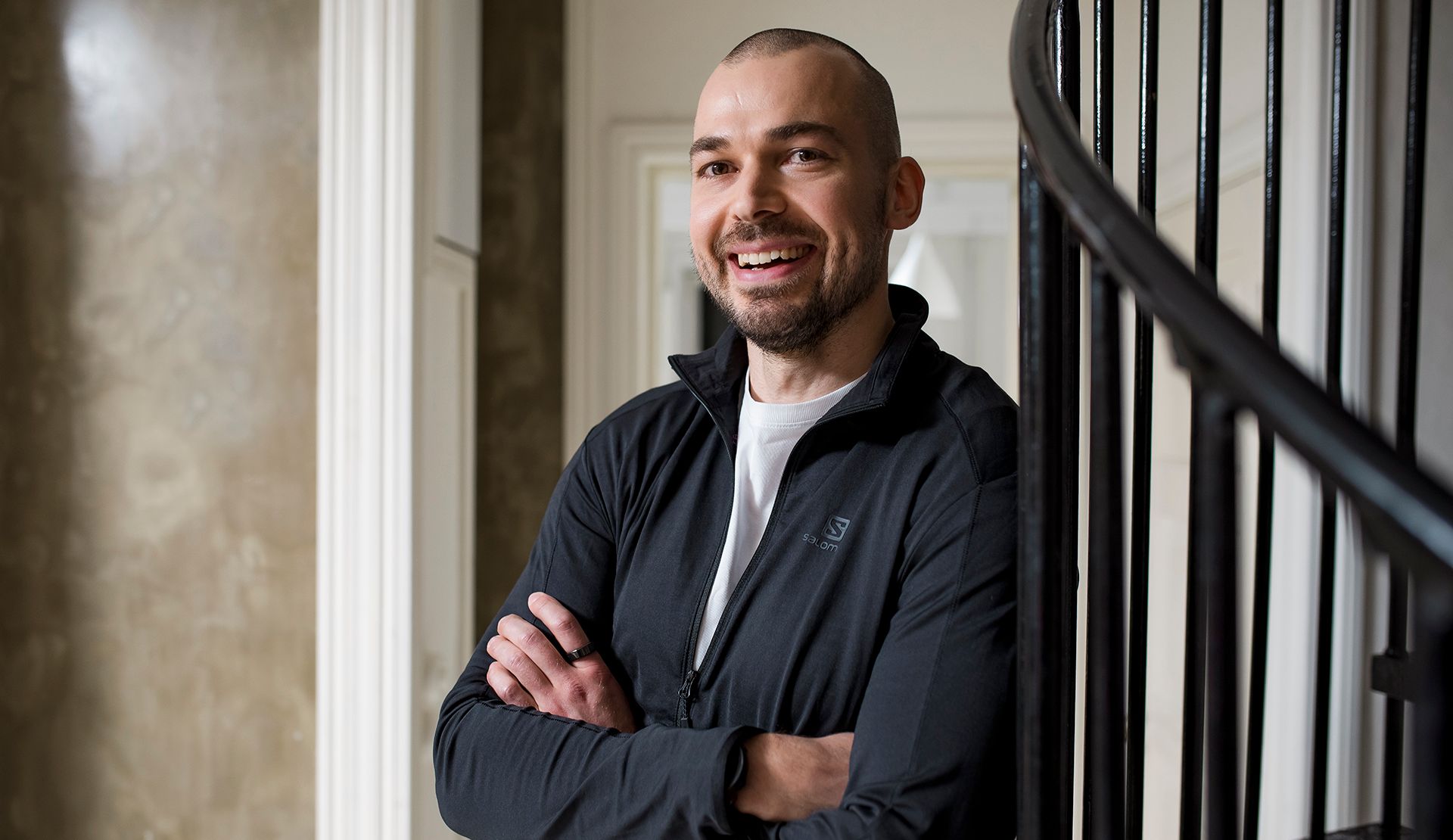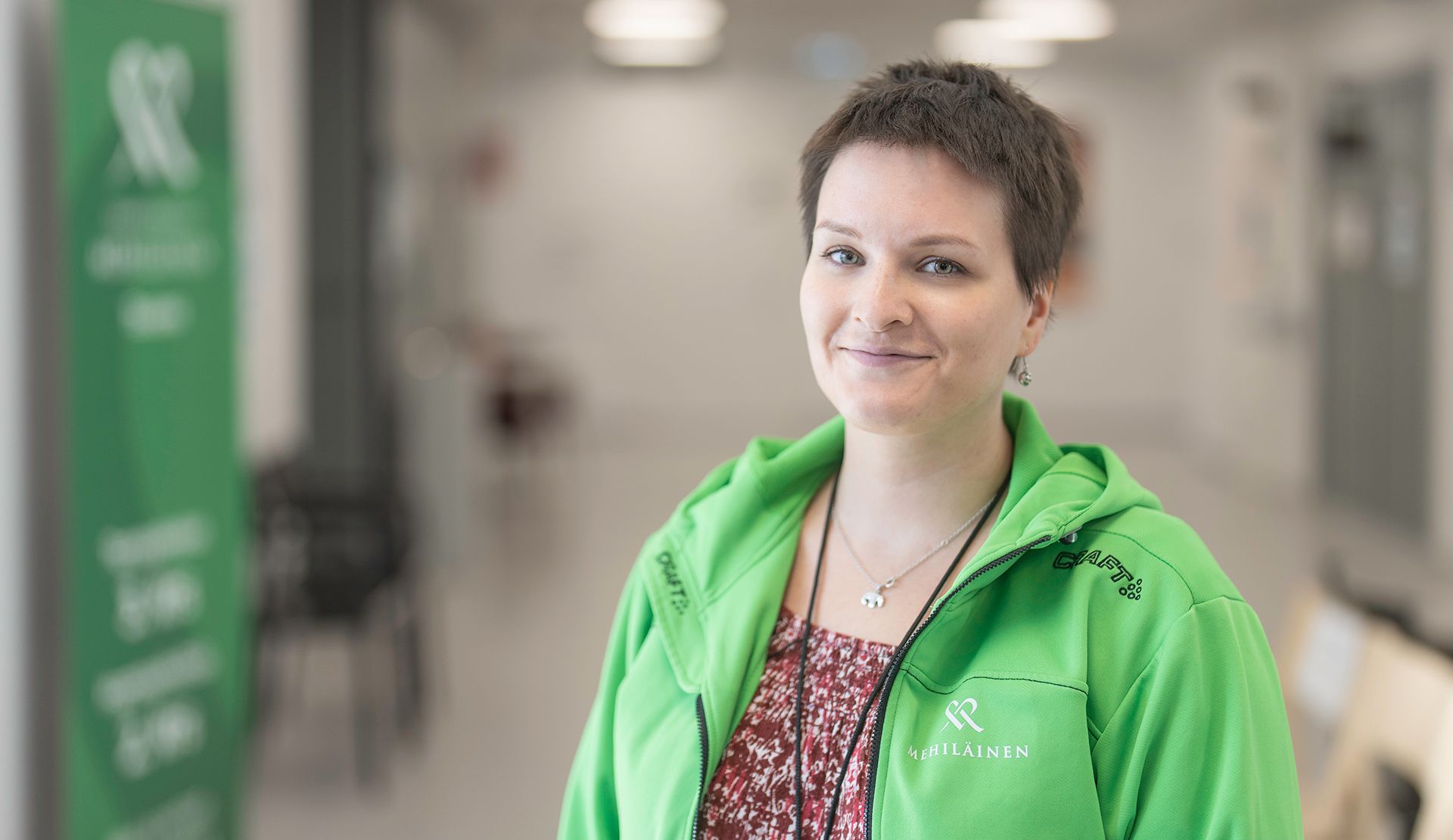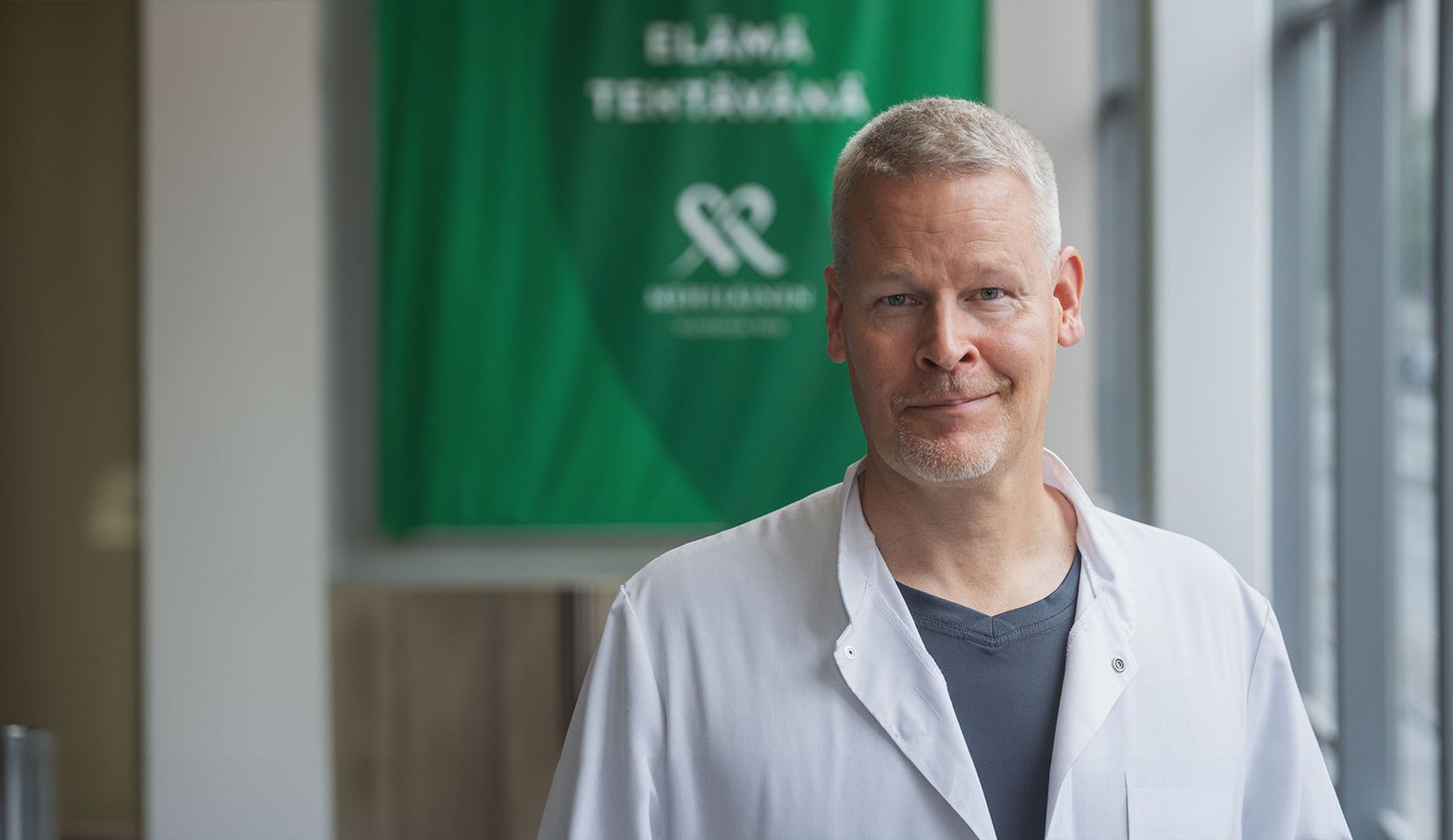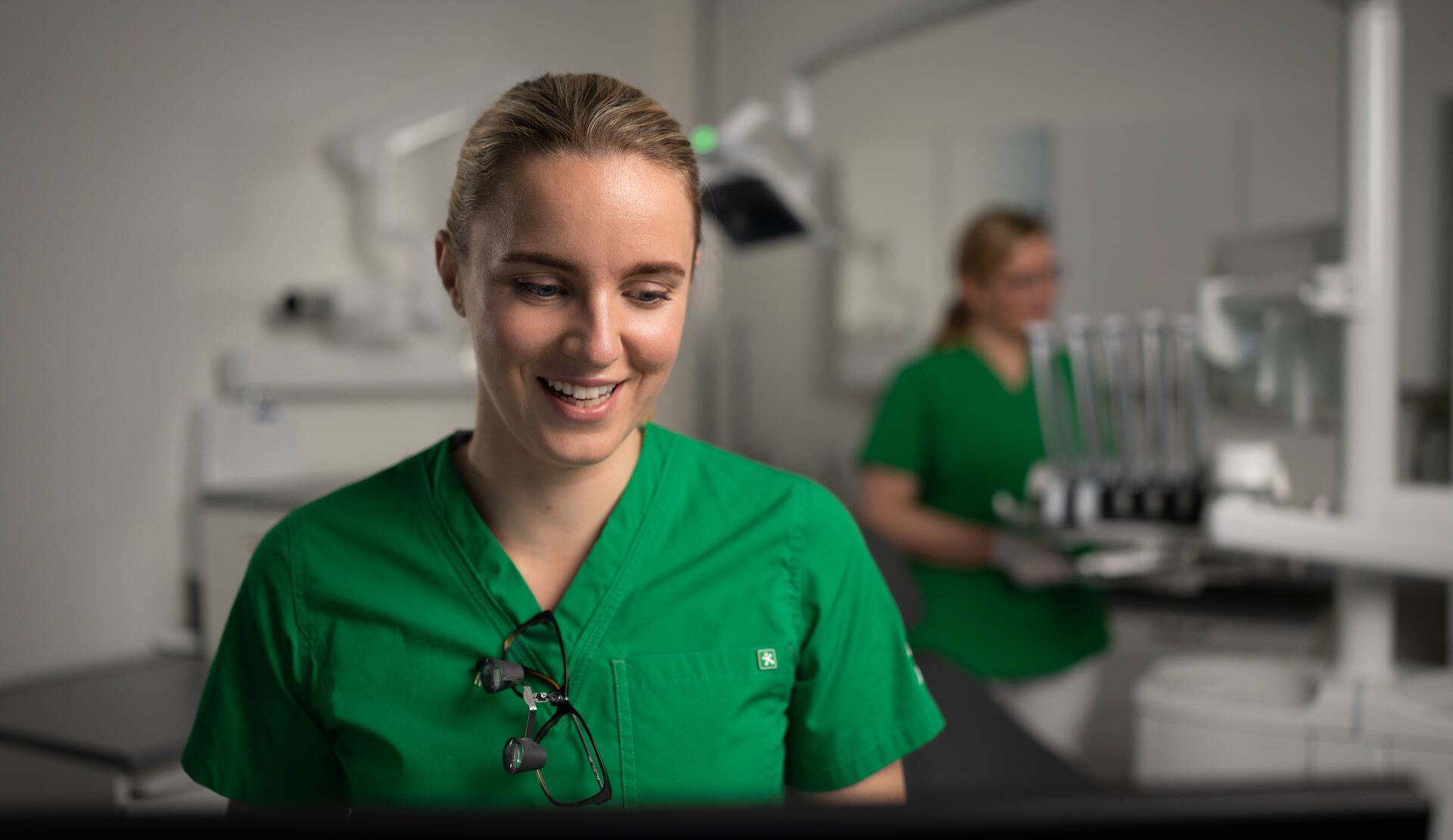
Upper eyelid surgery
Specialist in the article

Revised 6/8/2025
Upper eyelid surgery in brief
- Drooping of the upper eyelid is caused by structural changes in both the skin and the underlying tissue, which reduce skin elasticity.
- When the need for upper eyelid surgery is aesthetic, the procedure is performed by a plastic surgeon. Eye surgeons, on the other hand, perform surgeries to address vision impairments and functional needs.
- Before the surgery, the plastic surgeon evaluates the condition of the upper eyelids and creates an individualized treatment plan.
General information about upper eyelid surgery
Upper eyelids naturally droop with age. The change occurs gradually and requires correction at the latest when the sagging skin begins to impair vision. Genetic factors also influence the age at which the upper eyelids start to droop.
Upper eyelid surgery can make the face look more refreshed and youthful. Drooping eyelids can give a tired or heavy appearance, but after surgery, the look is often fresher and more balanced. Additionally, the surgery can correct asymmetry in the upper eyelids, improving the overall harmony of the face.
Correction surgery for drooping eyelids is performed when the upper eyelid hangs lower than normal and may interfere with vision or cause cosmetic concerns. Drooping eyelids, or ptosis, can result from aging, muscle weakness, nerve damage, or congenital causes. During the surgery, the eyelid's lifting muscle is strengthened or tightened to restore the eyelid to its normal position.
Plastic surgeon or ophthalmologist?
A plastic surgeon is the right choice for upper eyelid surgeries performed for both functional and aesthetic reasons. In addition to removing excess skin that restricts the field of vision and may cause headaches, the plastic surgeon focuses on improving appearance and can help achieve a more youthful look.
The surgery can involve removing excess skin and fat, and if necessary, combining other aesthetic procedures. The final result emphasizes a natural appearance.
Drooping of the upper eyelids is often associated with sagging of the forehead and eyebrows. Assessing and treating a sagging forehead is a specialty of plastic surgeons. Treatment options may include botulinum injections or a forehead lift.
Surgery performed by an ophthalmologist focuses on correcting functional problems, such as a restricted field of vision caused by drooping eyelids. Learn more about the services offered by ophthalmologists in Finnish.
Preparing for upper eyelid surgery
- Consultation. Planning for upper eyelid surgery begins with a consultation with a plastic surgeon. During the appointment, treatment goals, concerns, and a procedure plan are discussed.
- Health status assessment. The plastic surgeon also evaluates general health. The consultation includes a review of past and current illnesses, medications, supplements, previous surgeries and treatments, as well as alcohol and tobacco use.
- Medications. Inform the plastic surgeon about all your illnesses, allergies, and medications. Certain medications must be discontinued according to the doctor's instructions. You will also receive prescriptions for painkillers and antibiotics if needed.
- Smoking. Smoking should be avoided for at least two weeks before the surgery, as it slows down wound healing.
- Skin Care. Wash your face thoroughly and avoid using makeup, creams, or other products on the day of the surgery. Prepare a cold pack at home to reduce swelling.
- Pain Relief. Gather necessary supplies, such as clean gauze pads and painkillers.
- Clothing. Wear comfortable, easily removable clothing on the day of the surgery.
- Escort. Arrange transportation home after the surgery, as you will not be able to drive yourself.
How upper eyelid surgery proceeds
The plastic surgeon reviews the details of the surgery and carefully marks the surgical area to ensure that excess skin and fat are removed from the correct locations.
Upper eyelid surgery is usually performed under local anesthesia, but light sedation can also be used if necessary.
The plastic surgeon makes precise incisions in the natural crease of the eyelid to minimize visible scars. Excess skin, fat, and, if necessary, muscle tissue are removed. Finally, the wounds are closed with fine sutures.
After the surgery, you will be moved to the recovery room, where the medical staff will monitor your condition. Due to local anesthesia, you will generally feel quite well, but there may be some swelling and tightness around the eyes.
You will receive detailed home care instructions, such as using a cold pack to reduce swelling and instructions for suture removal. Can you go home the same day?
Recovery after upper eyelid surgery
- Physical activity. Physical exertion and bending should be avoided during the first few days. Light household tasks can usually be resumed within a few days.
- Swelling and bruising. Swelling and bruising may last for about 1–2 weeks. Keep your head elevated and use cold packs to reduce swelling.
- Final result. The final result is usually visible after a few months when the tissues have fully healed.
- Sun protection. Protect the eye area from the sun.
- Eye drops. Use prescribed eye drops as directed.
- Sick leave. Sick leave is typically needed for 1–2 weeks, depending on the recovery process and the nature of your work.
- Contact a doctor. Seek medical attention if the pain significantly increases, if there are vision disturbances, or if there are signs of infection in the wound area.
The prices presented are indicative. The exact price will be determined after a consultation with the plastic surgeon, once individual needs have been assessed. The decision to proceed with surgery can be made after the consultation.
The final price is influenced by factors such as:
- Value-added tax (VAT): If the surgery is part of medical treatment, such as breast reduction or eyelid correction, no VAT is charged for the procedure. If a similar surgery is performed for aesthetic reasons, VAT will be added to the price.
- Procedure location: The price is affected by whether the surgery is performed in outpatient procedure conditions or as day surgery in a hospital.
At Mehiläinen, you can flexibly use various payment methods, such as paying in installments. Read more about payment methods.
| Service | Price estimate |
|---|---|
| Abdominoplasty also known as tummy tuck, vat 25.5 % The price does not include compression garments, 100–200 €, or overnight monitoring and on-call services, 740–1500 €/night. | from 9 550,00 € No Kela reimbursement |
| Scar revision in the head or neck area, vat 0 % | from 550,00 € No Kela reimbursement |
| Facelift, vat 25.5 % The price does not include compression garments, 100–200 €, or overnight monitoring and on-call services, 740–1500 €/night. | from 13 600,00 € No Kela reimbursement |
| Eyebrow lift, vat 0 % | from 4 100,00 € No Kela reimbursement |
| Eyebrow lift, aesthetic, vat 25.5 % | from 5 150,00 € No Kela reimbursement |
| Rhinoplasty, vat 25.5 % | from 12 900,00 € No Kela reimbursement |
| Removal of a mole or skin lesion, vat 0 % The price does not include potential tissue sample analysis. Tissue sample analysis starts at 122.50 €. | from 470,00 € No Kela reimbursement |
| Removal of a mole or skin lesion with a laser in the head or neck area, vat 0 % The price does not include potential tissue sample analysis. Tissue sample analysis starts at 122.50 €. | from 430,00 € No Kela reimbursement |
| Forehead lift, open or endoscopic, vat 25.5 % The price does not include compression garments. Compression garment prices are 100–200 €. | from 7 300,00 € No Kela reimbursement |
| Liposuction from a small area (e.g., under the chin, vat 25.5 % The price does not include compression garments. Compression garment prices are 100–200 €. | from 2 900,00 € No Kela reimbursement |
| Liposuction from a larger area, e.g., abdomen and flanks, vat 25.5 % The price does not include compression garments. Compression garment prices are 100–200 €. | from 8 150,00 € No Kela reimbursement |
| Removal of breast implants from both breasts, vat 25.5 % | from 4 600,00 € No Kela reimbursement |
| Breast lift surgery for both breasts, vat 25.5 % The price does not include compression garments. Compression garment prices are 100–200 €. | from 9 600,00 € No Kela reimbursement |
| Breast reduction surgery for both breasts, vat 0 % The price does not include compression garments. Compression garment prices are 100–200 €. | from 8 800,00 € No Kela reimbursement |
| Breast reduction surgery (aesthetic) for both breasts, vat 25.5 % The price does not include compression garments. Compression garment prices are 100–200 €. | from 11 000,00 € No Kela reimbursement |
| Breast augmentation with implants, vat 25.5 % The price does not include implants or support bras. Implant prices are 580–1100 €/pcs. Compression garment prices are 100–200 €. | from 5 800,00 € No Kela reimbursement |
| Upper eyelid surgery for both eyes, vat 0 % | from 2 050,00 € No Kela reimbursement |
| Upper eyelid surgery (aesthetic) for both eyes, vat 25.5 % | from 2 600,00 € No Kela reimbursement |
Other related services
Body and breasts
Comprehensive and expert plastic surgery for the body and breasts.
Consultation with a plastic surgery nurse
A free consultation helps you find the right treatment options.
Face and eyelids
We provide personalized solutions for the aesthetic needs of your face and eyelids.
Nose and ears
Enhance the shape and structure of your nose or ears with the expertise of a plastic surgeon.
Plastic surgeon
A specialist in plastic surgery performs treatments and surgeries to enhance the appearance and functionality of the face and body.
Skin lesions and moles
Treat skin lesions and remove moles safely and discreetly.
Upper eyelid surgery in Estonia
Mehiläinen's subsidiaries in Estonia also offer upper eyelid surgeries to Finnish customers.
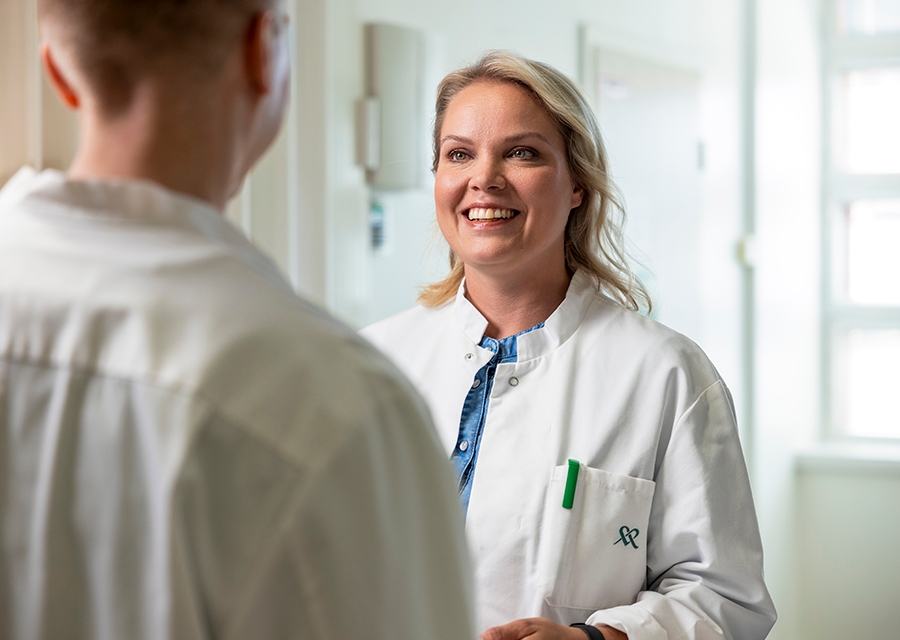
Frequently asked questions about upper eyelid surgery
Upper eyelid surgery can improve the field of vision, reduce eye strain, and alleviate skin problems caused by drooping skin. Aesthetically, it gives the face a more refreshed and youthful appearance, which can boost self-confidence. The surgery often combines functional and aesthetic benefits.
Preparation begins with a consultation where the need and goals for the surgery are assessed. Before the surgery, you should stop using blood-thinning medications and avoid smoking. On the day of the surgery, arrive without makeup or creams and follow the given instructions carefully.
Light daily activities can be resumed within a few days, but swelling and bruising usually last for 1–2 weeks. The final result is visible after about 2–3 months when the tissues have fully healed. Recovery time varies individually.
Upper eyelid surgery is suitable for most healthy adults with drooping eyelids. However, it is not recommended if you have an untreated eye condition, a severe general illness, or unexpected risks related to the surgery. The doctor always assesses the suitability of the surgery individually.
The cost of upper eyelid surgery depends on the extent of the procedure and the area to be treated. The price usually includes the initial consultation, the procedure itself, any necessary hospital care, and follow-up visits. An exact price estimate can be obtained during a consultation with a plastic surgeon. Explore Mehiläinen's flexible payment options.

